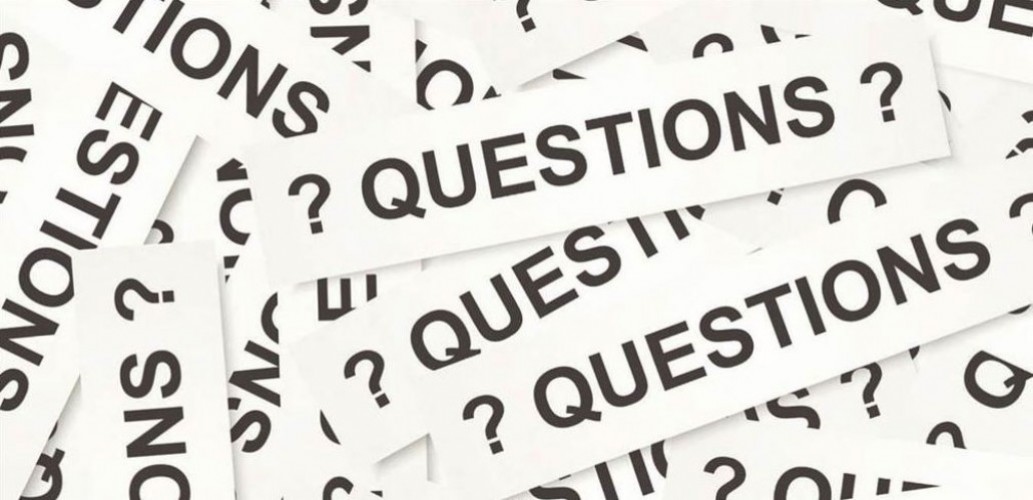With this morning’s news that celebrity watch collector John Mayer is suing celebrity watch dealer Bob Maron, for $656,000, in a dispute regarding the authenticity of some vintage Rolex watches, there came the reaction, “That’s why I don’t buy vintage watches.” While I will not suggest that any simple list of questions could have brought peace and understanding between Mr. Mayer and Mr. Maron, I offer the following 12 areas of inquiry to assist the average purchaser in evaluating a vintage watch that she may wish to purchase.
While these questions will need to be adapted to the particular watch being considered (for example, you will ask different questions about a 1980s quartz chronograph than about a 1940s triple calendar watch), they should cover most of the key elements for most vintage watches. Because these questions are designed for vintage watches, we do not address certain matters that may be relevant for a modern watch, but which are not relevant for vintage watches (for example, about the manufacturer’s warranty or whether the watch came through an authorized dealer).
The following are questions that the prospective purchaser of a vintage watch may wish to ask of the seller:
- Time-Keeping. Is the watch running well / keeping good time? How much time is the watch gaining or losing over a 24-hour period? Does the watch set and wind properly?
- Ownership History. What do you know about the ownership history of the watch (i.e., how many owners)? How long have you owned the watch?
- Service History. What is the service history of the watch? When was the watch most recently serviced, who performed the service and what was done to the watch (adjustment or complete overhaul)?
- Chronograph / Complications. For a chronograph, is the start, stop and reset quick and crisp (or difficult and mushy)? Are other complications (such as day / date or moonphase) setting and working properly?
- Cosmetic Condition. What is the cosmetic condition of the watch – appearance of the dial, hands, case and crystal, for example?
- Case. Do you believe that the case has its original finish, or has the case been polished, brushed or refinished? Do you see any nicks, scratches, dings, dents, gashes or corrosion on the case?
- Dial Can you confirm that the dial has not been refinished, restored, repainted or otherwise touched by human hands? What is the condition of the markers / lume?
- Original Parts Do you believe that all the parts on the watch are original (i.e., were all the parts in the watch when it left the factory)? Please describe any parts that have been replaced.
- Movement. Do you see any corrosion, rust or scratches on the movement?
- Strap or Bracelet. Is the watch on a strap or a bracelet? Is it original? Is the bracelet full length, with all links?
- Extras. Do you have the original box, warranty card and receipt for the watch? Any other extras?
- Serial Number and Markings. What are the serial numbers and other markings on the case or movement?
A Picture is Worth a Thousand Words
To the extent that seller is able to send photographs to address the matters listed above, you may be able to evaluate these elements for yourself. Encourage the seller to send multiple photos, from multiple angles, even if the photos will have reflections, glare, hot spots, etc. Multiple bad photos are often more valuable to the buyer than fewer good ones.
You are Buying the Seller
Of course, the best advice in buying a vintage watch is that you are actually “buying the seller”, as much as the watch, so you should also conduct appropriate “due diligence” regarding the seller. The manner in which the seller addresses the 12 questions outlined above will go a long way to informing you about the seller (and the watch).
Jeff Stein
March 19, 2014

